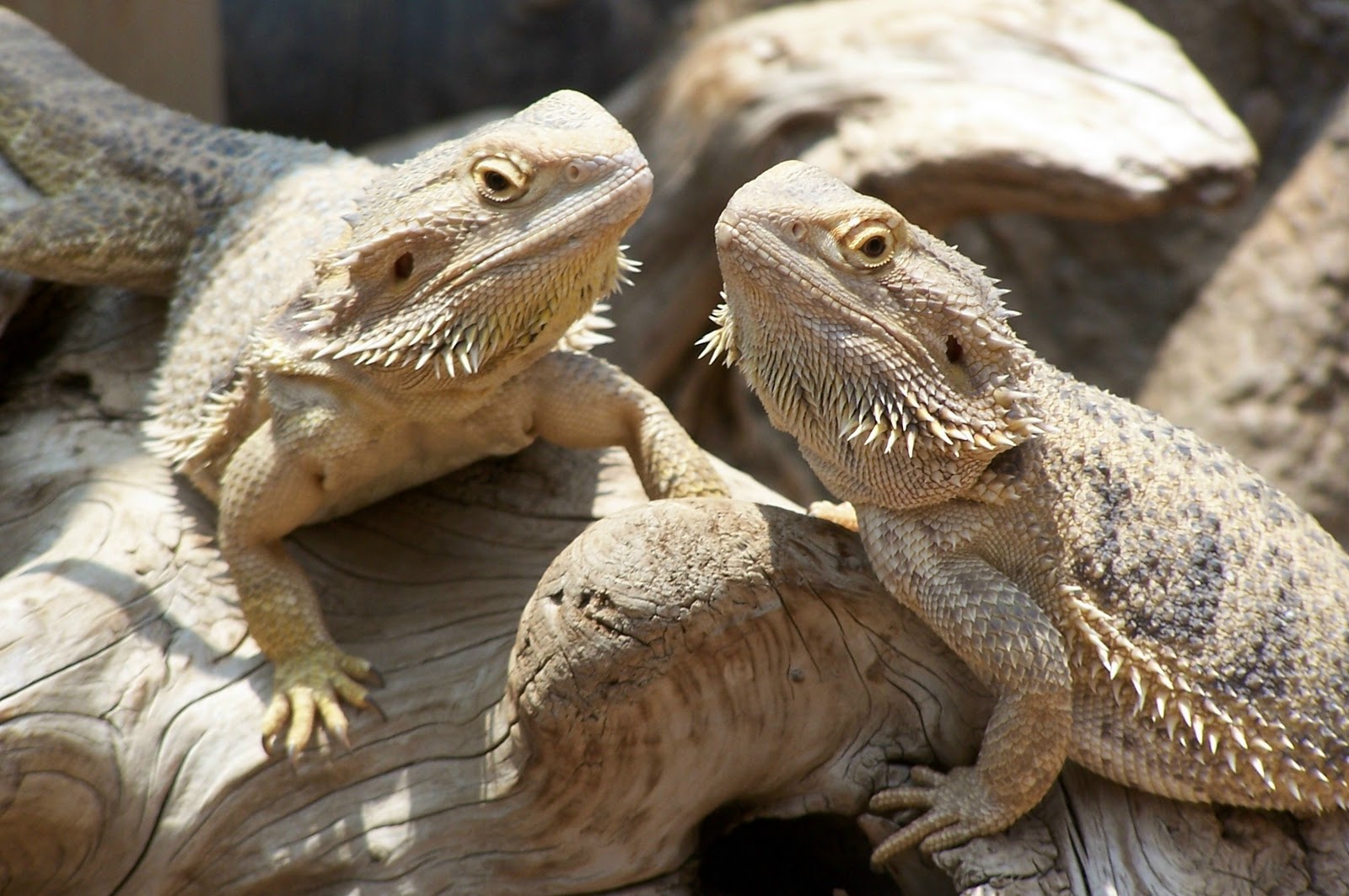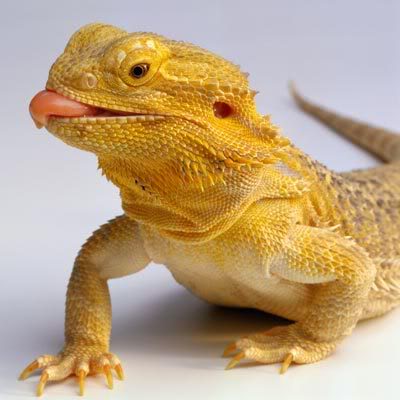My Bearded Dragon Won't Move: A Beginner's Guide to Helping Your Reptile Friend
Introduction
As a new reptile owner, it can be concerning when your bearded dragon isn’t moving as much as usual. While these creatures may not be as active as cats or dogs, they should still display some level of activity throughout the day. If you’re worried that your bearded dragon won’t move, there are several potential causes to consider.
Possible Reasons Your Bearded Dragon Isn’t Moving
Firstly, it’s important to note that bearded dragons are cold-blooded animals, which means their body temperature is influenced by their environment. If your bearded dragon’s enclosure is too cold, they may be lethargic and unwilling to move. On the other hand, if the enclosure is too hot, they may become stressed and refuse to move as well. You should aim to keep their enclosure between 80-90 degrees Fahrenheit during the day and 70-75 degrees Fahrenheit at night.
Another factor to consider is their diet. Bearded dragons need a balanced diet consisting of vegetables and insects to thrive. If they’re not receiving enough protein, they may lack energy and become inactive. Make sure you’re feeding them the recommended amount of vegetables and insects for their size and age.
Dehydration is also a common issue among reptiles. If they’re not drinking enough water, they may become dehydrated and lethargic. You can encourage your bearded dragon to drink more water by misting their enclosure and providing a shallow water dish.
Lastly, stress can also cause your bearded dragon to refrain from moving. Make sure their enclosure provides enough hiding places and climbing opportunities. A lack of environmental stimulation can lead to boredom, which can be stressful for your pet.
What to Do If Your Bearded Dragon Won’t Move
If you notice that your bearded dragon isn’t moving as much as usual, here are some steps you can take to help them:
1. Check the Temperature and Lighting
Make sure the enclosure is at the appropriate temperature and has the appropriate lighting. You can use a thermometer and a hygrometer to monitor the temperature and humidity levels. If you notice any issues, adjust accordingly.
2. Offer Water and Food
Offer your pet some fresh water and food. You can also try adding a small amount of water to their food to ensure they’re getting enough hydration.
3. Provide Stimulation
Add some new decorations or rearrange their enclosure to provide more environmental stimulation. You can also let them explore outside of their enclosure under your supervision.
4. Seek Veterinary Help
If you’ve tried the above steps and your bearded dragon is still not moving, it may be time to seek veterinary help. A veterinarian who specializes in reptile care can help diagnose any underlying health issues and provide appropriate treatment.
Conclusion
Bearded dragons are fascinating creatures that require specific care to flourish. If you notice that your bearded dragon won’t move, don’t panic. By checking their enclosure, diet, and providing adequate stimulation, you can help them regain their energy and activity. If all else fails, consult with a reptile veterinarian to ensure your pet is healthy and happy.
- Check the temperature and lighting of the enclosure
- Offer food and water
- Provide stimulation
- Seek veterinary help if necessary









